Looking at the Meta Ray-Ban Display glasses launch, what started as a controlled rollout quickly evolved into something more interesting. It turned into a live experiment in experiential retail, revealing both the potential and the pitfalls of bringing advanced wearable tech to mainstream consumers.
The Meta Ray-Ban Display glasses represent what many consider the most polished version of heads-up display technology available to consumers today. Available since September 30th at $799, they feature a nearly invisible heads-up display integrated into the right lens, paired with Meta's innovative Neural Band controller, Virtual Reality News reports. Early feedback points to something rare in the tech world, genuine enthusiasm rather than polite industry acknowledgment, as Virtual Reality News notes.
What makes these displays so compelling?
Here is where things get genuinely impressive from a technical standpoint. Meta bucked industry trends by implementing a liquid crystal on silicon, LCoS, projector instead of the more common microLED approach, Display Training Center explains. The system uses an LCoS panel from Omnivision and creates colors through sequential strobing of individual blue, green, and red LEDs approximately every 11 milliseconds, according to the same analysis.
This LCoS approach is crucial to achieving the waveguide's near invisibility. While other manufacturers' microLED implementations create distinct rectangles with colorful reflections, Meta's solution stays virtually undetectable to outside observers. The display delivers surprisingly vibrant colors and maintains brightness even in well-lit environments, though it is limited to 600×600 pixels with a 20-degree field of view, PC Mag confirms.
The Neural Band's electromyography technology deserves special attention too. Instead of relying on voice commands or touch controls, the Neural Band uses electromyography to detect muscle activity at your wrist, translating subtle finger gestures into device commands. It feels futuristic without being gimmicky, once you get the hang of it.
Why the launch wasn't exactly smooth sailing
Technical achievement aside, Meta's initial rollout stumbled. Beyond supply chain hiccups, the problems exposed the product's inherent complexity. The company was not fully prepared for the launch volume, with inventory selling out within just 48 hours and no massive lines at retail locations. Even worse, some customers were directed to non-existent store locations, including instances where people were sent to shoe warehouses instead of Best Buy stores, according to Techsponential's analysis.
The complexity showed up fast. Meta requires customers to book in-store demonstrations before purchase, a nod to the fact that onboarding is too complex for most buyers to manage without assistance. That hands-on requirement has led the company to recommend in-store demos first, recognizing that the tactile experience effectively sells the concept.
Why would a tech company intentionally make the purchasing process more complicated? Because these are not typical consumer electronics. They are closer to prescription glasses crossed with a smartphone, they need personalization, fitting, and a real grasp of the interface before anyone can use them well.
The unexpected retail strategy taking shape
Meta's response points to how complex wearable products may need to be sold. Instead of simplifying the product, the company is reshaping the retail experience around it. It opened its first experiential retail space, the Meta Lab pop-up, on LA's Melrose Avenue, modeled after its showcase at the Connect conference, Retail TouchPoints reports.
The original Connect showcase delivered striking results, with 90% of attendees trying the glasses and over 25% making purchases, according to Media Post. Numbers any retailer would envy, and proof of why experiential retail matters, traditional retail does not provide the context these complex products require.
The LA location goes well beyond simple try-and-buy. It features regular programming including stand-up comedy with Desi Banks, live podcasts with Madeline Argy, paint-and-sip nights with Tinashe, and cooking classes with Cassie Yeung, according to Retail TouchPoints. This represents a three-phase test-and-learn strategy, with the third phase planned as a more permanent shop-in-shop opening in Phoenix at the end of January, the same source notes.
What stands out about this approach is how it acknowledges something traditional tech retail often misses, complex products need context. These are not headphones you can evaluate in thirty seconds. They change how you interact with digital information throughout the day, so the retail experience has to show practical value, not just specs.
Where this all leads for wearable computing
This bridge strategy is more than product positioning, it is market education that trains consumers to accept display-equipped wearables before full AR arrives. Meta's approach sits between current smart glasses and true augmented reality. The Ray-Ban Display functions more like a smartwatch for your right eye rather than offering full AR capabilities like mapping virtual objects to the real world, Techsponential explains. That limitation might be its strength, delivering enough practical utility to justify the premium price for early adopters eager to experience the next wave of wearable computing, Virtual Reality News suggests.
Early users keep reaching for the same comparison to the original iPhone in 2007, not perfect, but clearly representing the future, as Virtual Reality News characterizes it. The comparison fits when you think about adoption curves, the original iPhone won not because it perfected every smartphone feature, but because it taught users new interaction paradigms that unlocked mobile computing's potential. Meta has been transparent about their longer-term vision of building toward fully capable AR that layers 3D elements onto the world, positioning these display glasses as a meaningful step in that direction, the same source notes.
Are consumers ready for this intermediate step? Early indications suggest there is genuine demand, but it takes education and hands-on experience, which loops back to why Meta's retail experiment matters for the broader wearable computing industry.
What's next for Meta's retail experiment?
The experiential retail approach signals Meta's recognition that complex wearable technology requires more than traditional retail can provide. With broader market availability planned for early 2026 and the LA pop-up running through December 31st, Meta is clearly testing whether immersive retail experiences can overcome the adoption barriers that have historically challenged smart glasses.
The success of these pop-up experiments could reshape how tech companies introduce complex wearable products, moving beyond spec sheets and online reviews toward hands-on experiences that let consumers understand the practical value proposition. Whether this approach can scale beyond pop-ups and early adopters remains the key question for 2025 and beyond, and the answer could determine how quickly society embraces the next wave of wearable computing, while potentially establishing new standards for how transformative technologies are introduced to mainstream markets.
What we are seeing here is not just about selling glasses, it is about establishing new norms for how we introduce transformative technology to the world. The fact that Meta is willing to invest in expensive experiential retail suggests they understand that the future of wearable computing depends as much on social acceptance and practical understanding as it does on technical capability. If I had to place a small bet, I would say other tech companies are watching this experiment closely, because the implications extend far beyond smart glasses to any complex wearable product that requires behavioral change and social adaptation.




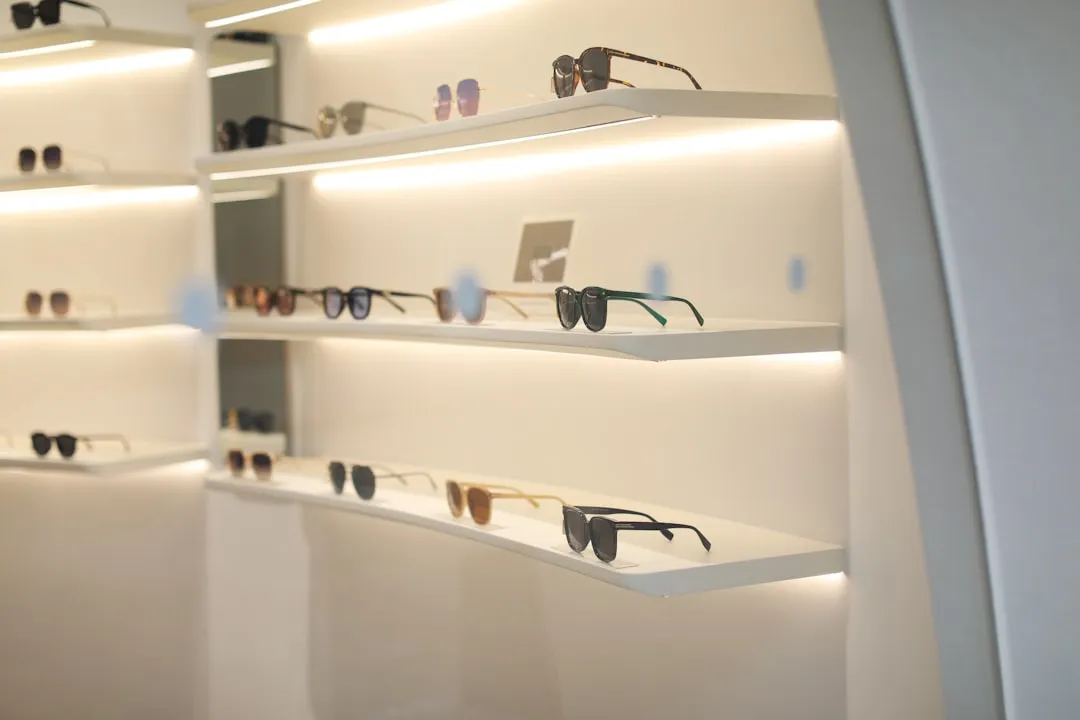
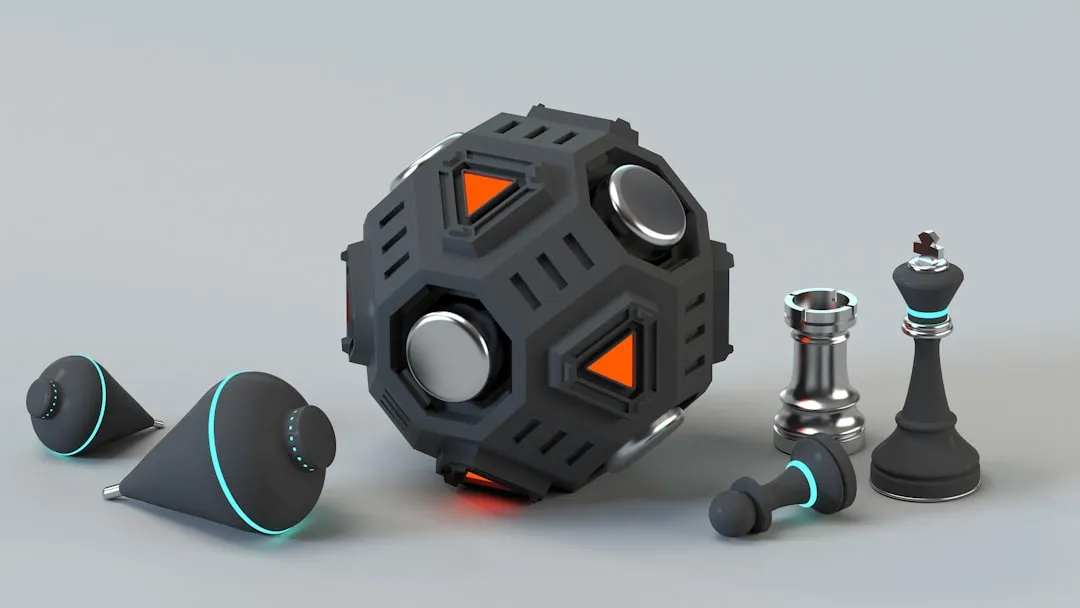
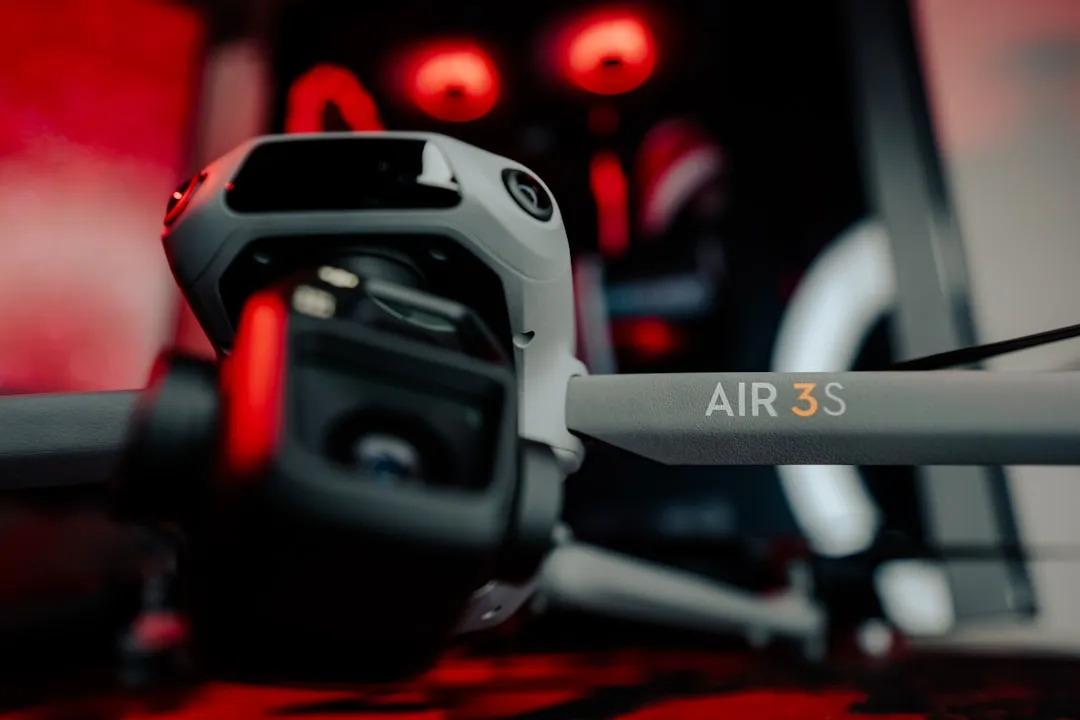
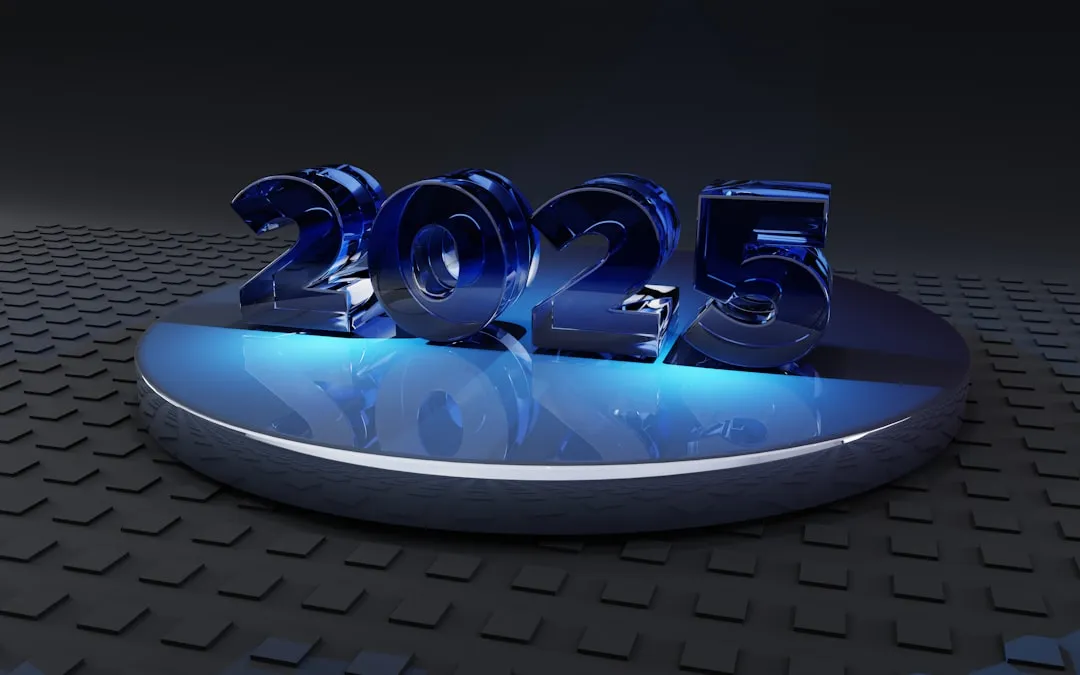
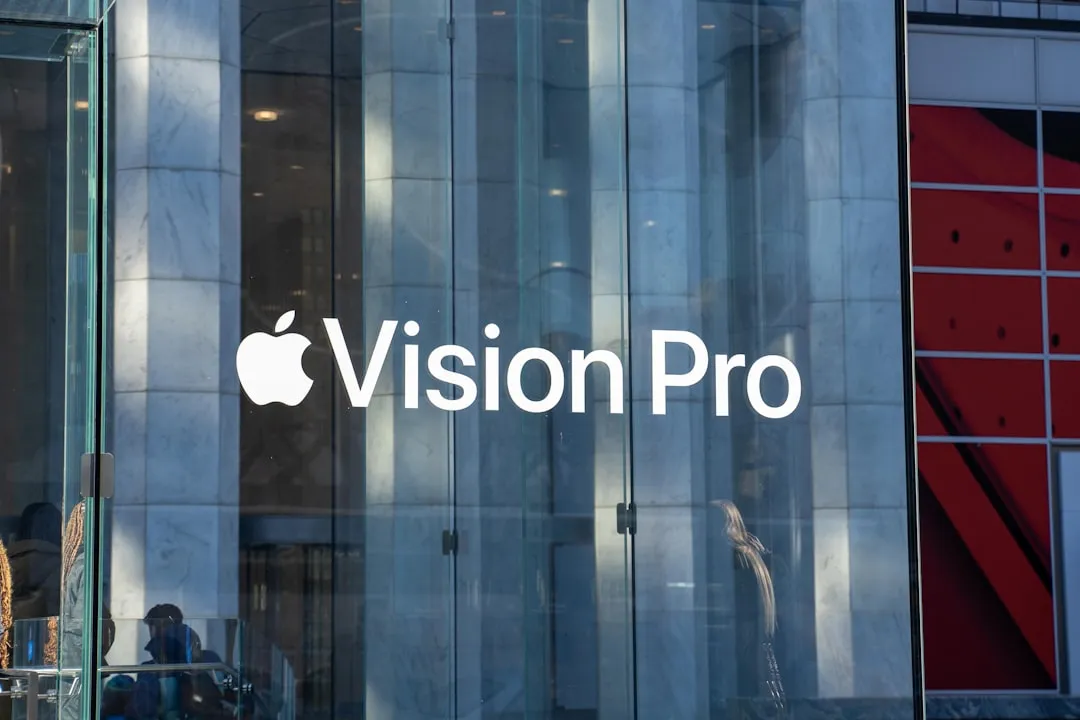

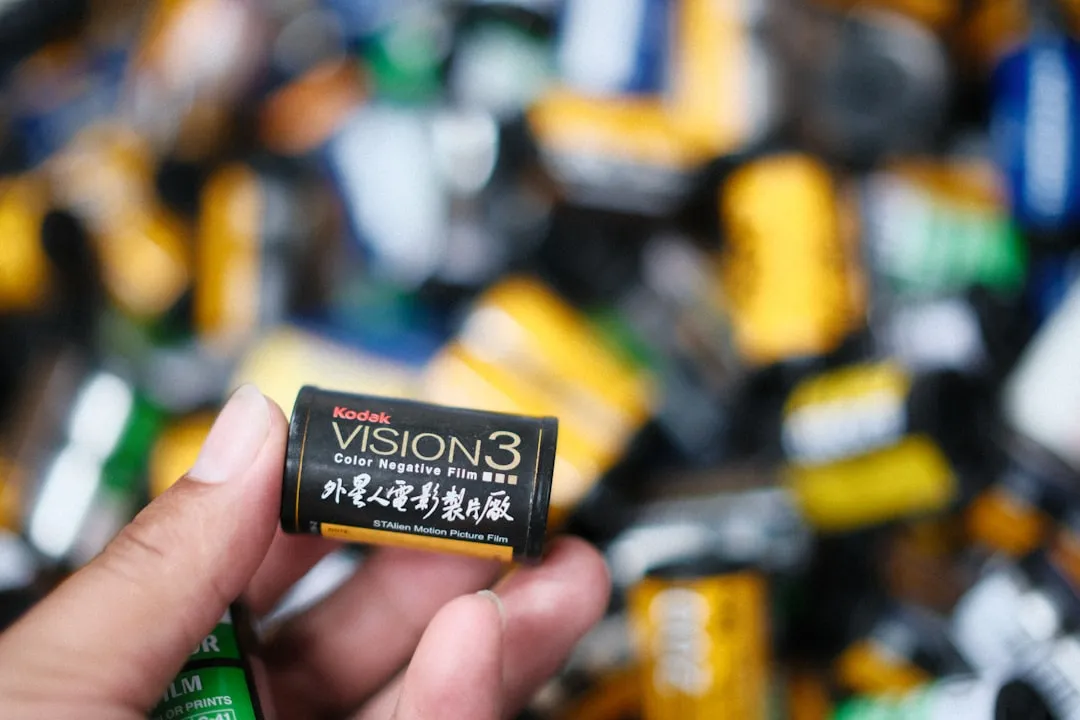
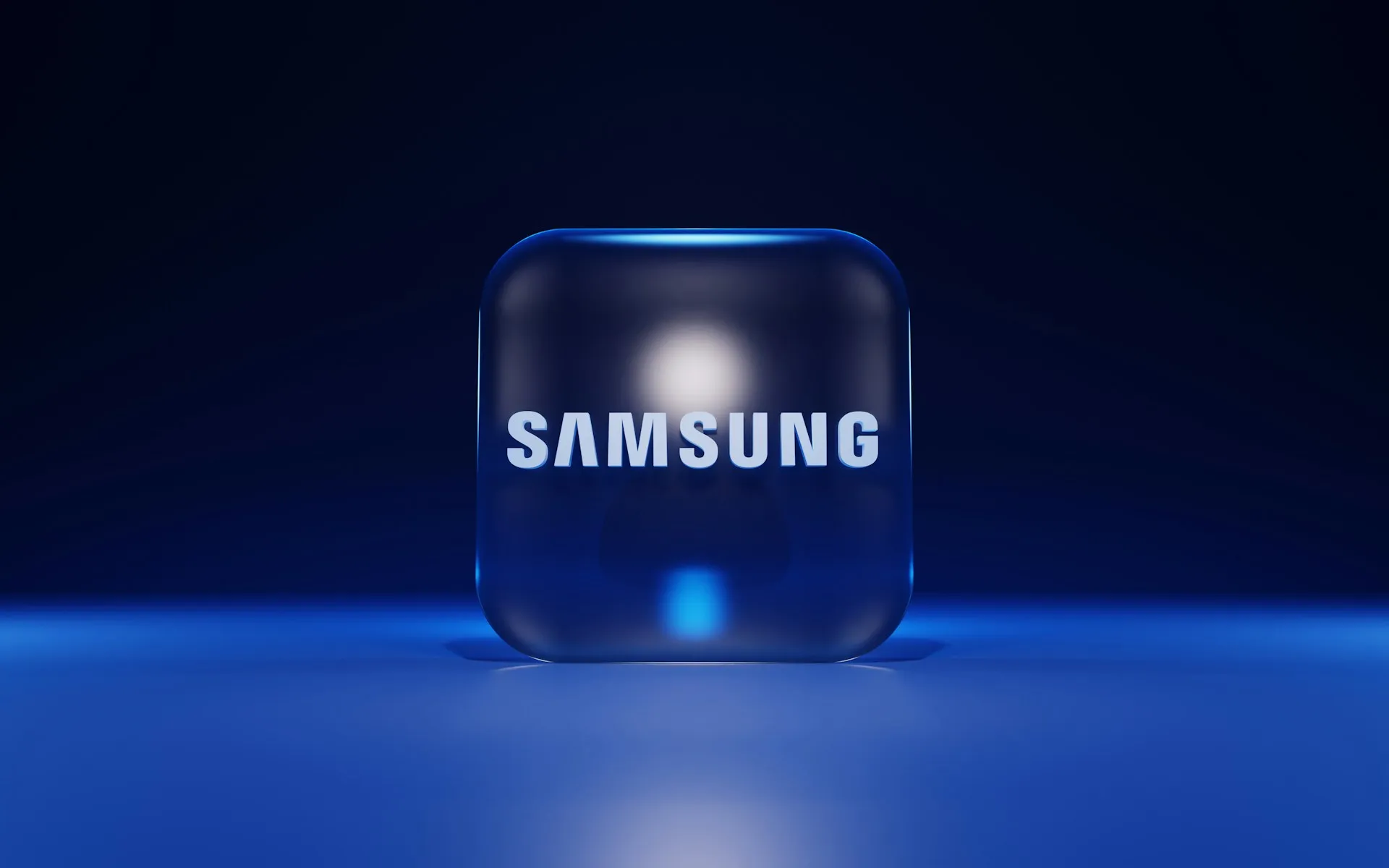

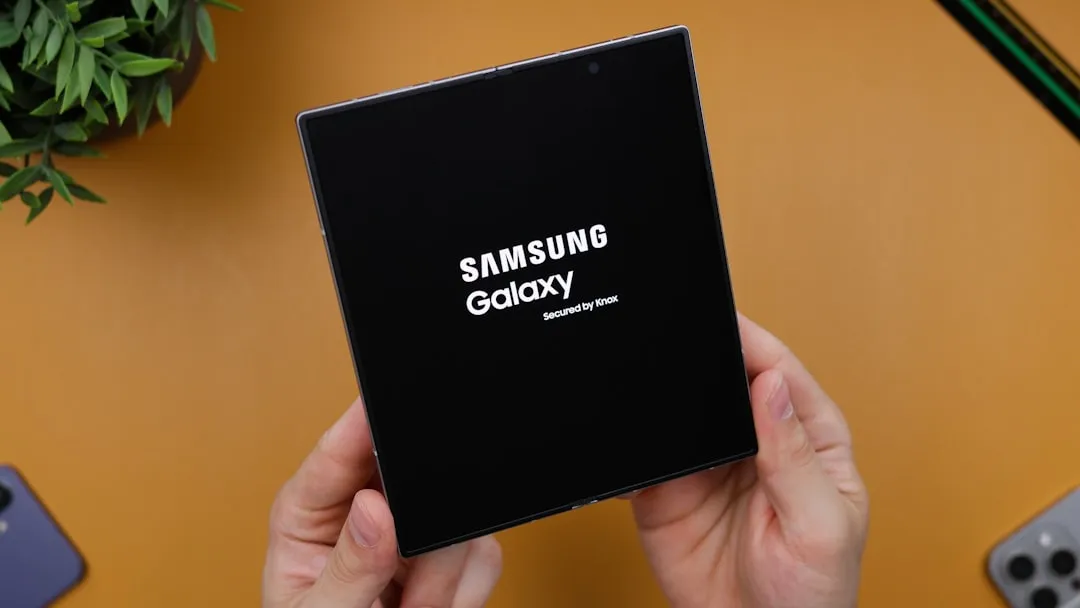


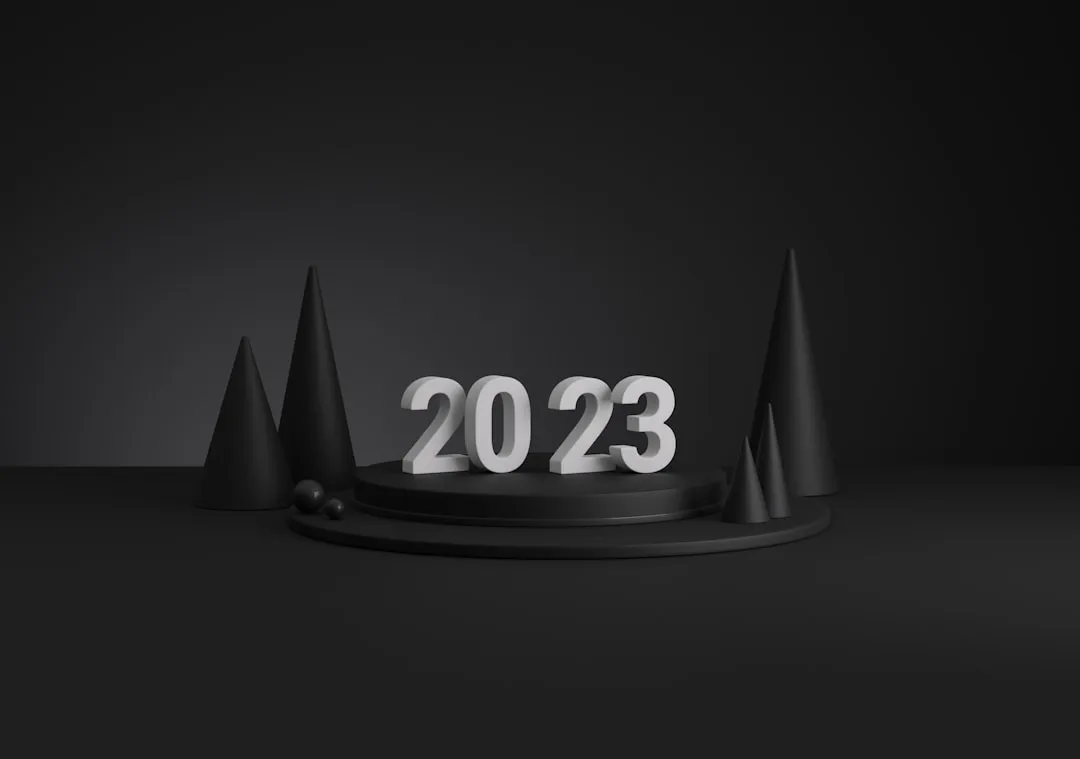
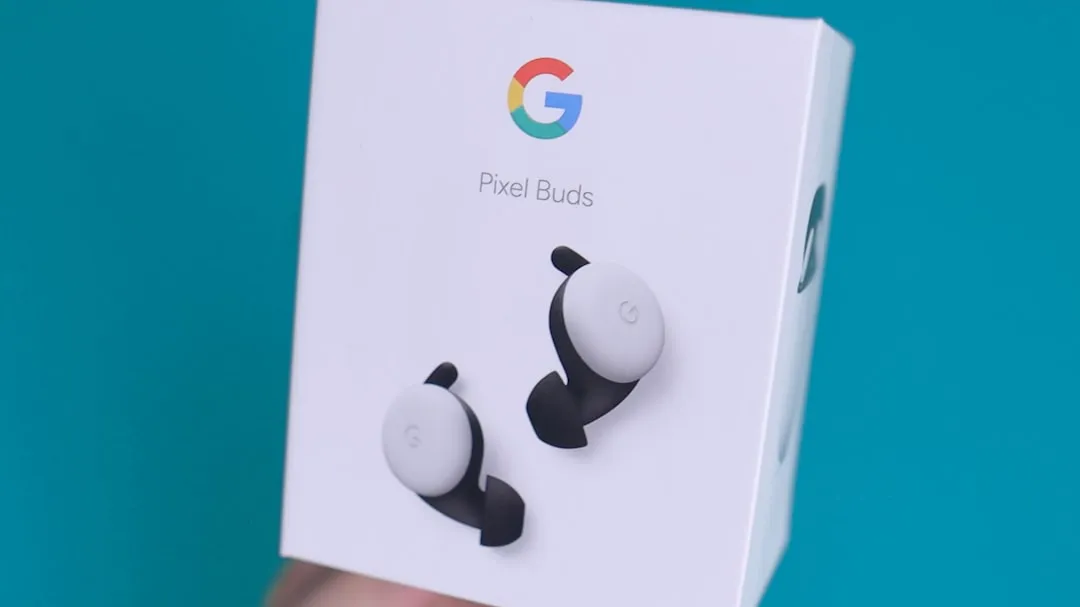
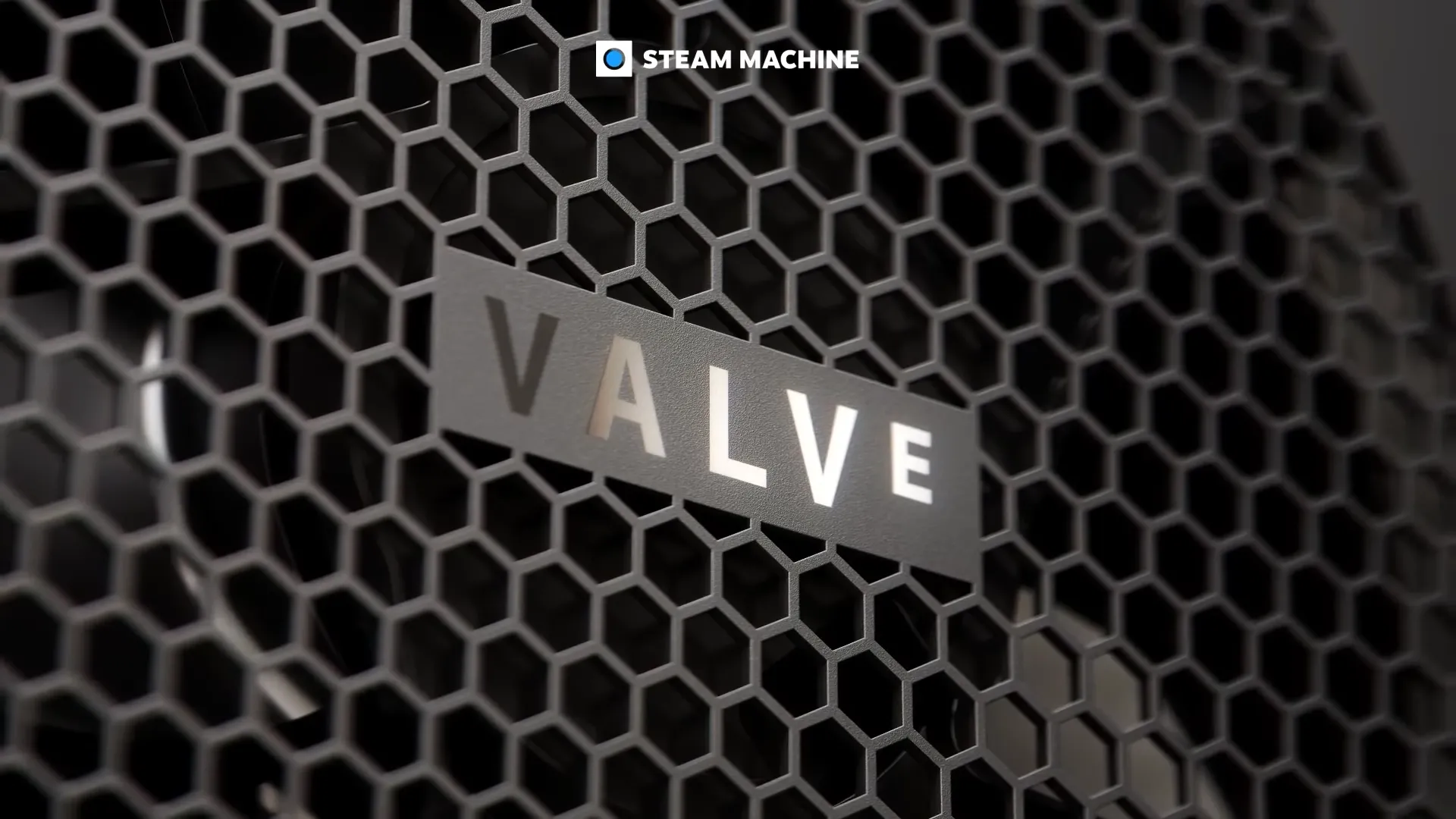
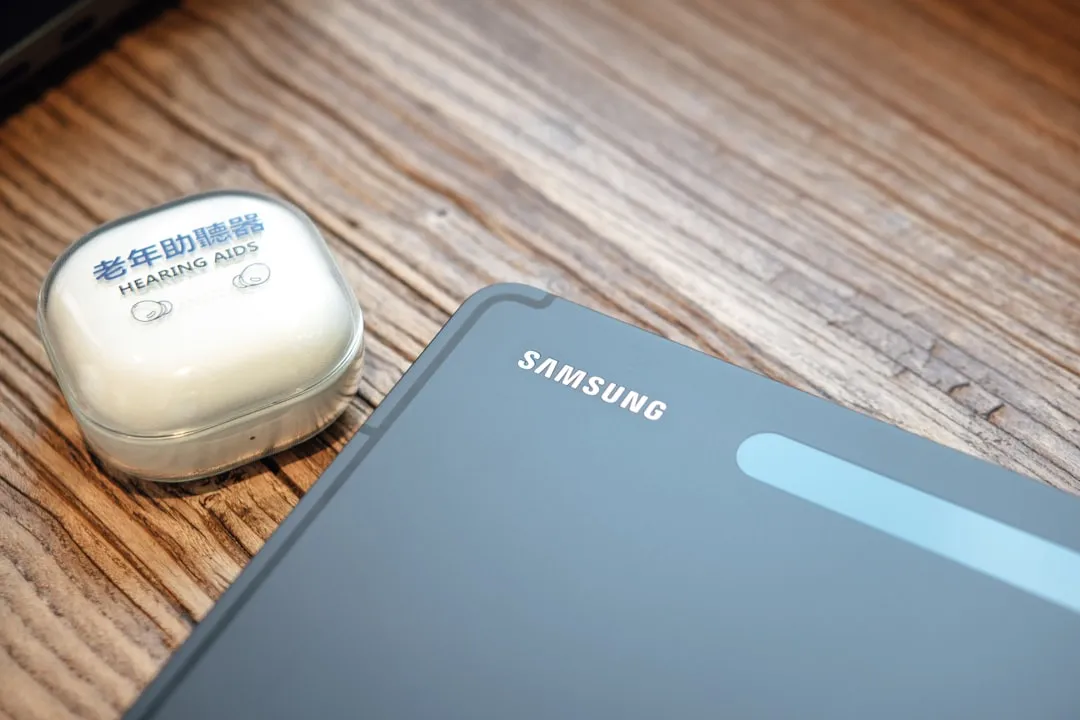

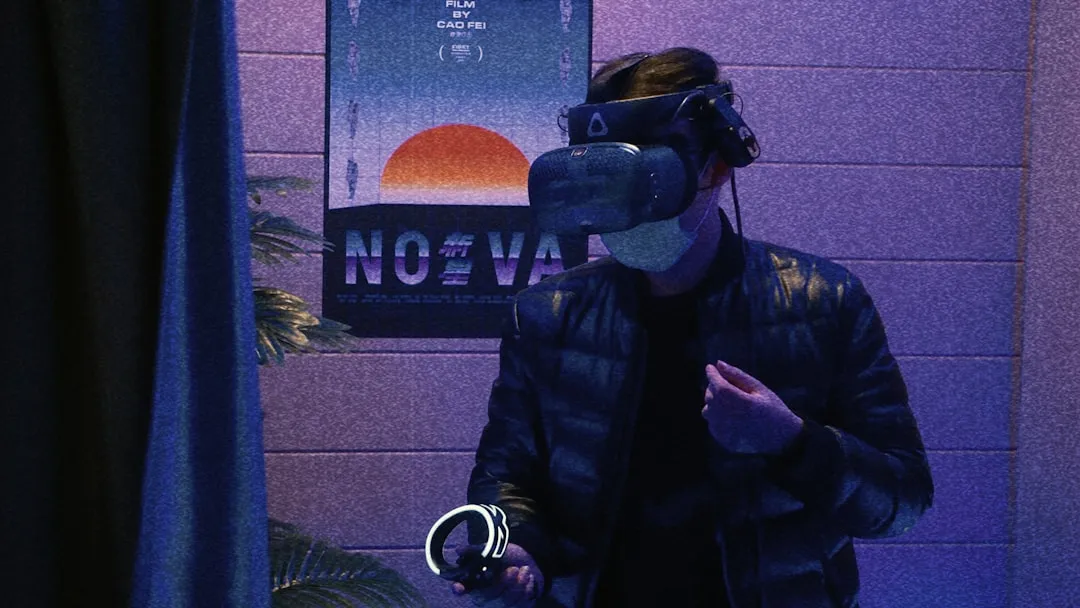
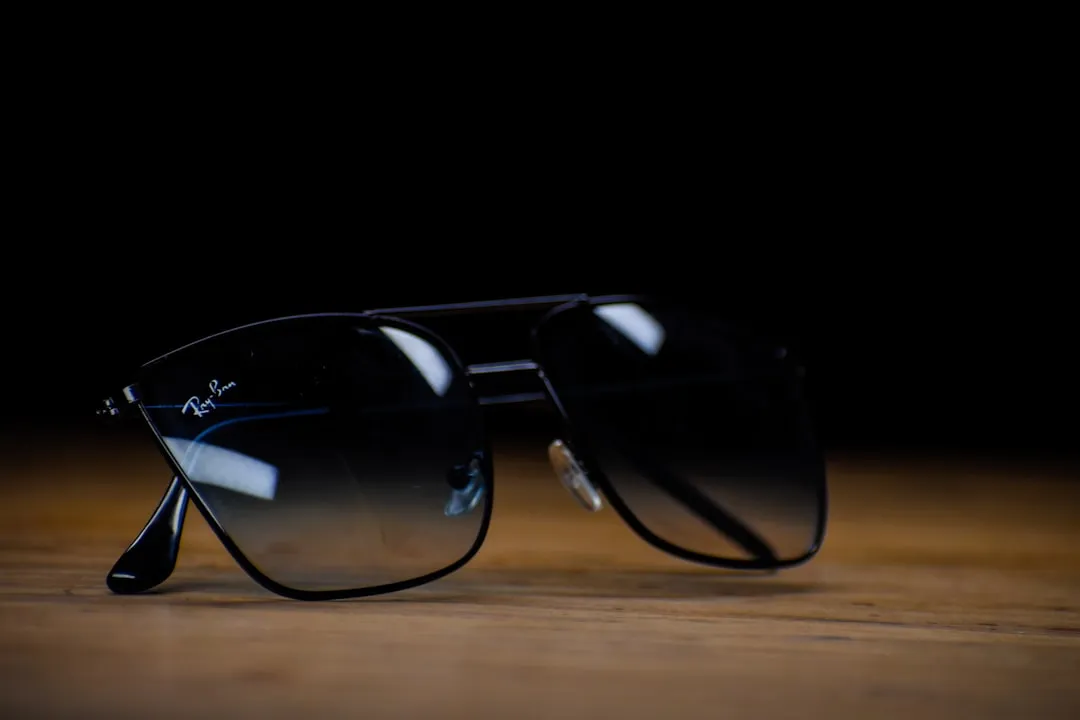
Comments
Be the first, drop a comment!